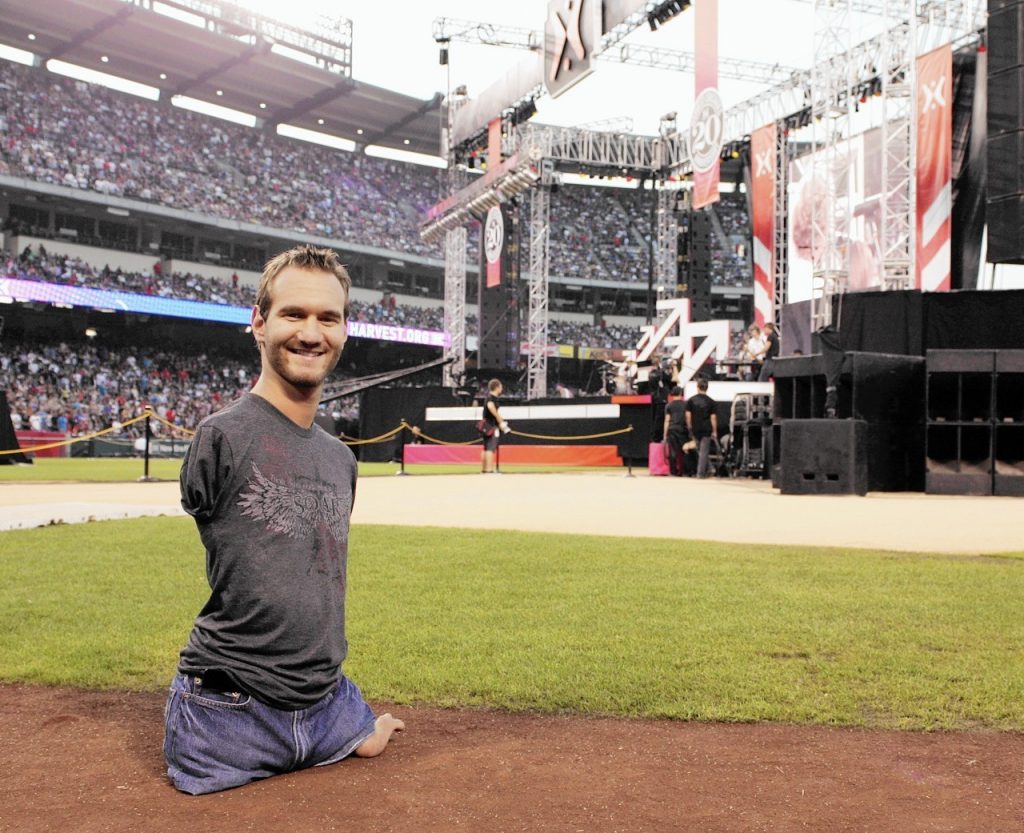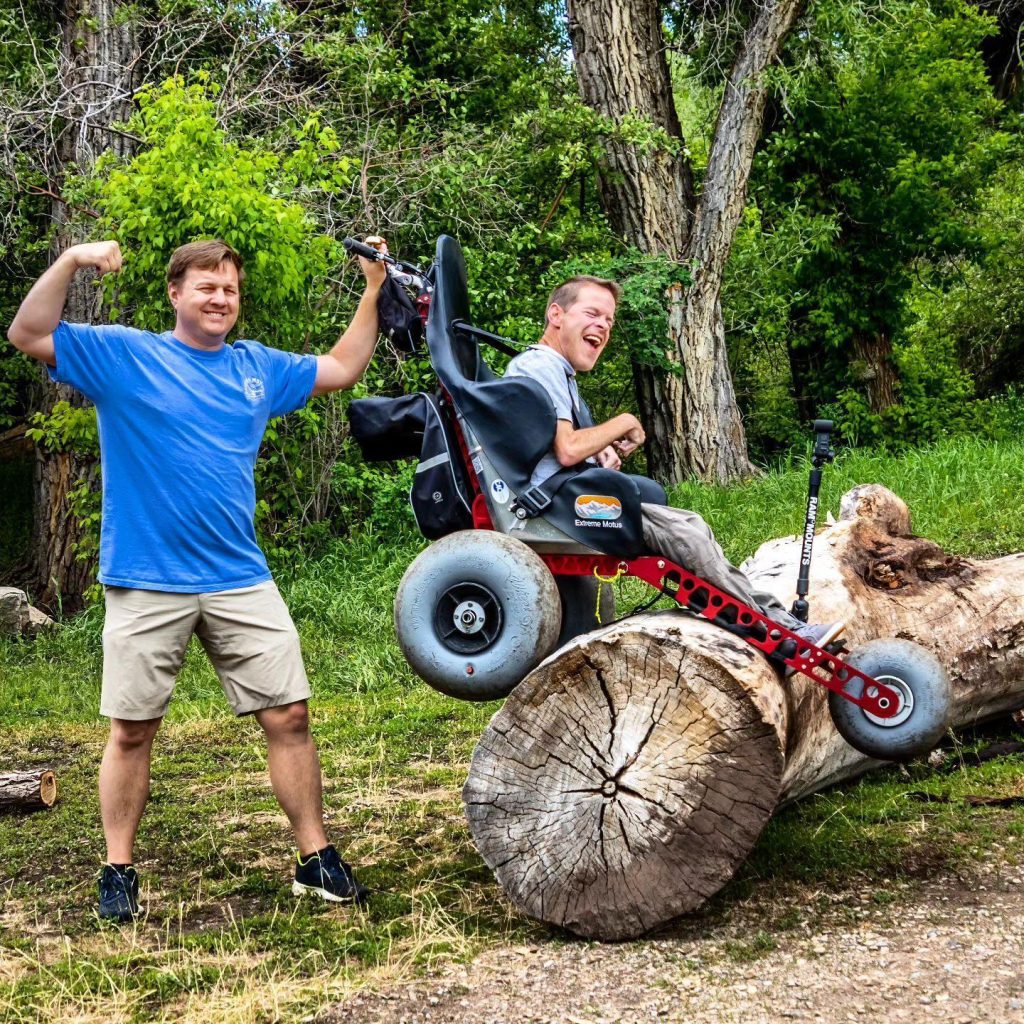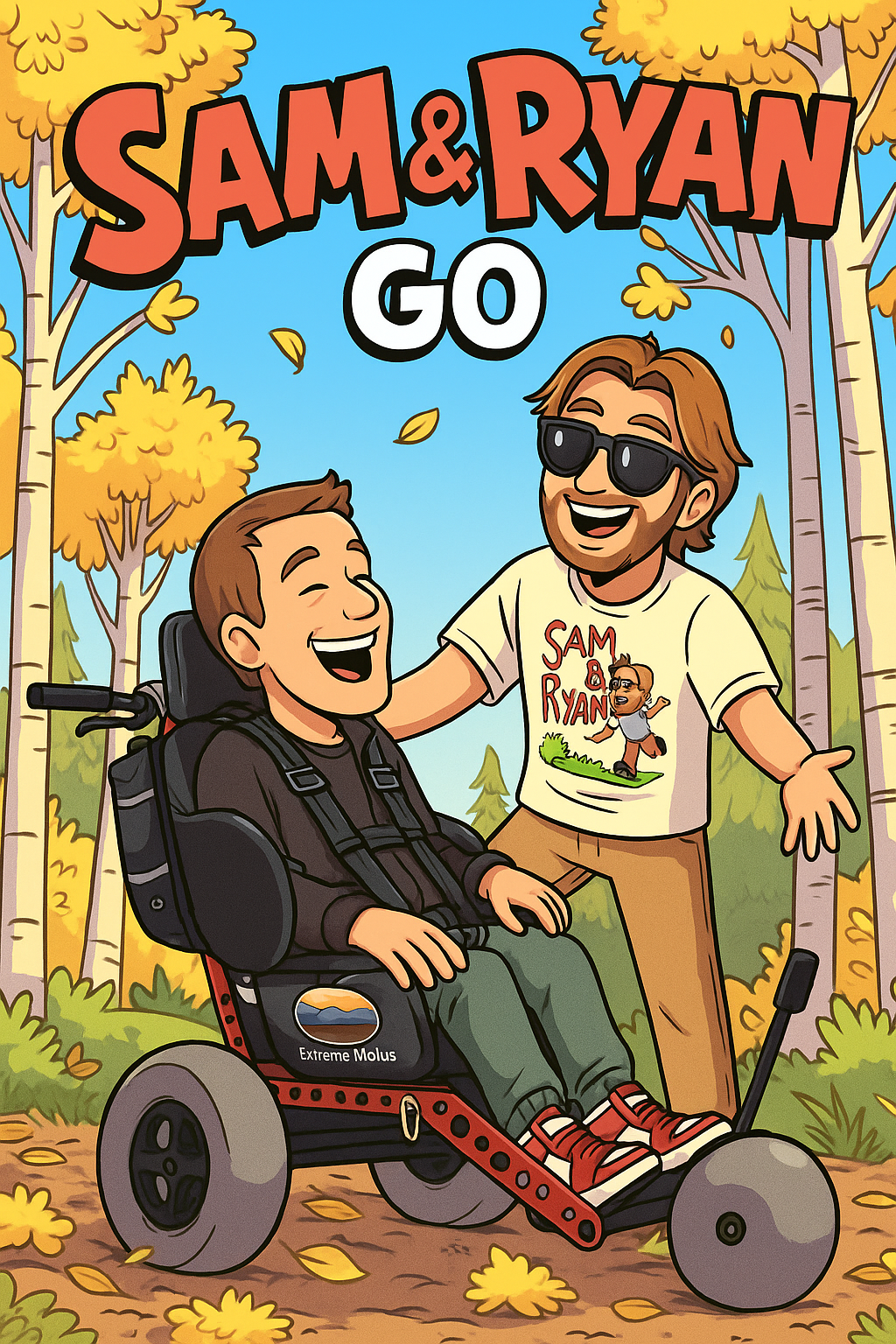7 Powerful Facts About Tetra-Amelia Syndrome & Mobility
Tetra-amelia syndrome is a rare genetic condition that affects a person’s limbs and mobility. Here’s what you need to know about this condition, its impact, and how advanced technology like all-terrain wheelchairs can enhance the quality of life for those affected.
1. What Causes Tetra-Amelia Syndrome?
Tetra-amelia syndrome is a rare genetic disorder caused by mutations in the WNT3 gene, which plays a critical role in early human development. This gene is responsible for proper limb formation during the embryonic stage. When the WNT3 gene mutates, it disrupts limb development, leading to the absence of all four limbs (arms and legs).
In addition to limb absence, tetra-amelia syndrome can also affect internal organs, causing complications such as:
- Respiratory issues, leading to difficulty breathing
- Facial and skull abnormalities
- Heart defects
- Digestive system malformations
Most cases are inherited in an autosomal recessive pattern, meaning both parents must carry the defective gene for a child to be affected. However, some cases result from new genetic mutations with no family history of the condition.
Due to these severe complications, many affected infants do not survive past infancy. However, those who do can lead fulfilling lives with adaptive technologies, medical care, and strong social support.
2. How Many People Are Affected?
Tetra-amelia syndrome is one of the rarest genetic disorders in the world, with only a handful of documented cases. The exact number of affected individuals is unknown, but medical reports suggest that it occurs in less than 1 in 1 million births worldwide.
Since tetra-amelia affects multiple organ systems, it can lead to life-threatening complications. Many infants with the condition do not survive beyond birth due to respiratory failure caused by underdeveloped lungs. However, those who survive infancy can live long and fulfilling lives with medical interventions and adaptive technologies.
Notable Cases
Despite its rarity, some individuals with tetra-amelia syndrome have thrived and become public figures, inspiring others with their resilience:
- Nick Vujicic – A motivational speaker born without limbs who has traveled worldwide, encouraging people to overcome adversity.
- João Carlos Martins – A Brazilian man born with tetra-amelia who gained attention for his ability to use adaptive technology for daily tasks.
Though extremely rare, increasing awareness of tetra-amelia syndrome helps advance medical research and improve accessibility for individuals with limb differences.
3. Is There a Cure or Treatment?
There is no cure for tetra-amelia syndrome, but various treatments help improve quality of life. These include:
- Physical therapy to strengthen core muscles
- Prosthetics to assist with daily activities
- Assistive devices, including wheelchairs and adaptive technology
4. How Does This Affect Family Members?
Caring for someone with tetra-amelia syndrome requires physical, emotional, and financial support. Families often adapt their homes, invest in medical care, and provide emotional encouragement. Support groups and therapy can help families navigate the challenges.

5. Can This Condition Require a Wheelchair?
Yes, people with tetra-amelia syndrome depend on wheelchairs for mobility. Traditional wheelchairs work well indoors, but outdoor exploration can be difficult without specialized equipment like all-terrain wheelchairs.
6. Why Is Outdoor Time Important?
Spending time outside offers mental and physical benefits, including:
- Boosted mood & reduced stress from fresh air and sunlight
- Stronger muscles from engaging the upper body for movement
- Improved social life by allowing participation in outdoor activities
7. How Can an All-Terrain Wheelchair Help?
An all-terrain wheelchair, like the Extreme Motus, allows individuals with tetra-amelia syndrome to navigate sand, gravel, grass, and even snow.
Benefits of the Extreme Motus All Terrain Wheelchair:
✅ Lightweight frame for easy maneuverability
✅ Shock-absorbing wheels for smooth rides on rough terrain
✅ Enhanced independence for outdoor adventures
With the right equipment, people with tetra-amelia syndrome can enjoy hiking, beach outings, and other outdoor activities, improving their overall well-being.
Final Thoughts
While tetra-amelia syndrome presents significant challenges, adaptive technology and supportive environments make it possible for individuals to live active, fulfilling lives. Investing in all-terrain wheelchairs and outdoor accessibility is essential for improving mobility, mental health, and quality of life.
Every year, more families discover the freedom these chairs create—this Black Friday, demand is already building fast. By joining the early-access list, you secure your chance to order before the sale goes public on November 28, 2025.
Since 2019, Sam and Ryan have been demonstrating that nature is wheelchair accessible with the Extreme Motus All Terrain Wheelchair. From National Parks to Skateparks, their adventures prove that a manual off-road wheelchair can offer laughter and joy while navigating diverse terrains.
Join us as we continue to share these inspiring journeys.

Light, comfortable, and compact, the Extreme Motus glides over sand, rocks, grass, gravel, and even floats in water.
It’s more than a outdoor wheelchair; it’s your ticket to freedom. Embrace the outdoors with confidence, knowing our off-road wheelchair is engineered for durability and ease of use.
Be the first to hear about new gear, upcoming adventures, and exclusive offers. As a welcome gift, enjoy $10 off your first Motus T-Shirt when you subscribe.
By subscribing you agree to receive marketing communications from Extreme Motus, including product updates, promotions, and special offers. I understand I can unsubscribe at any time.



